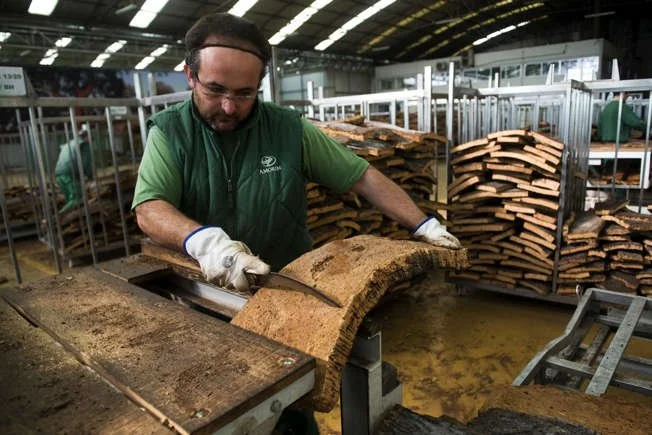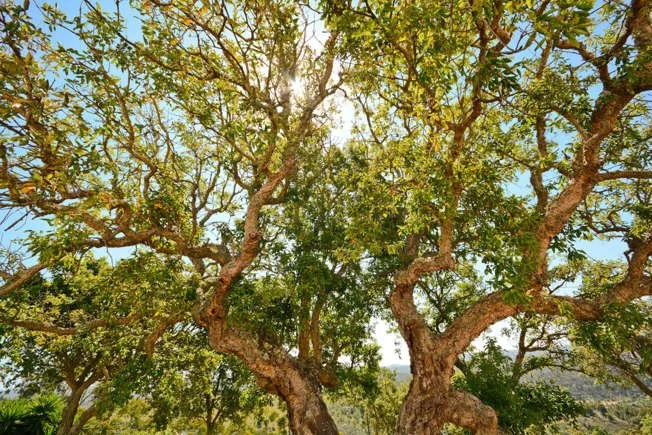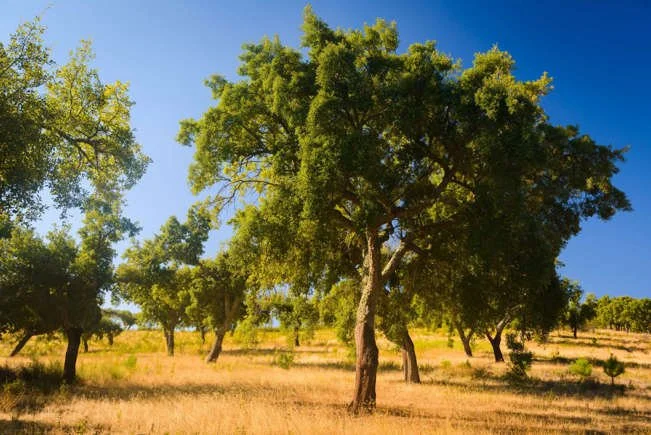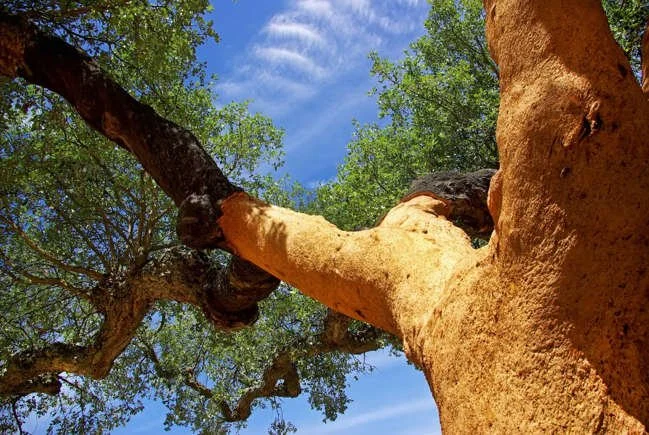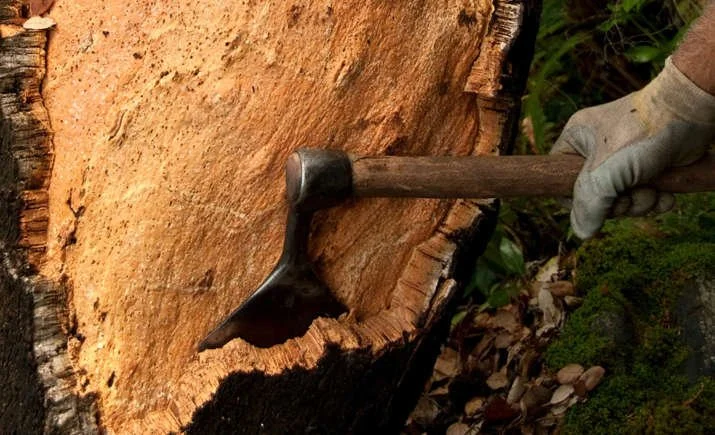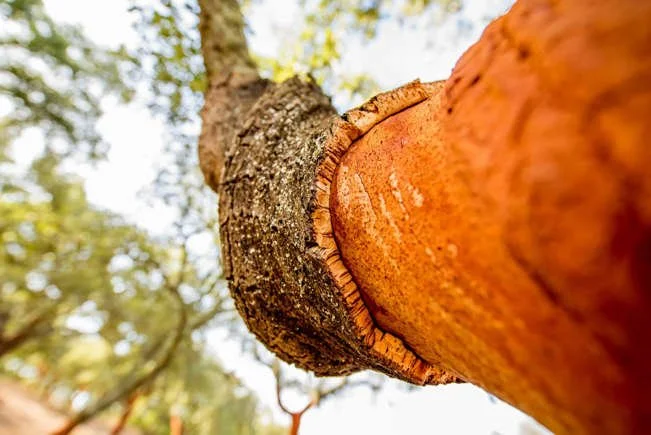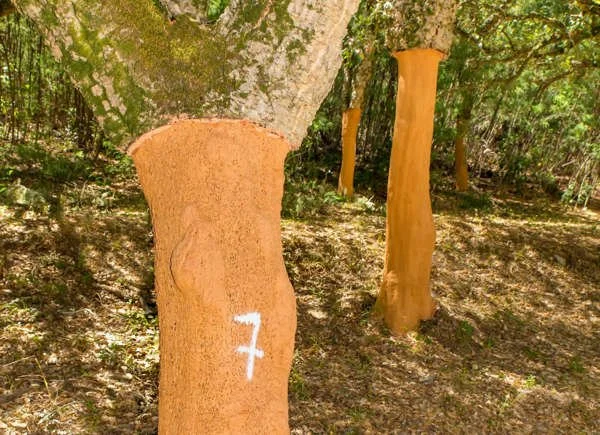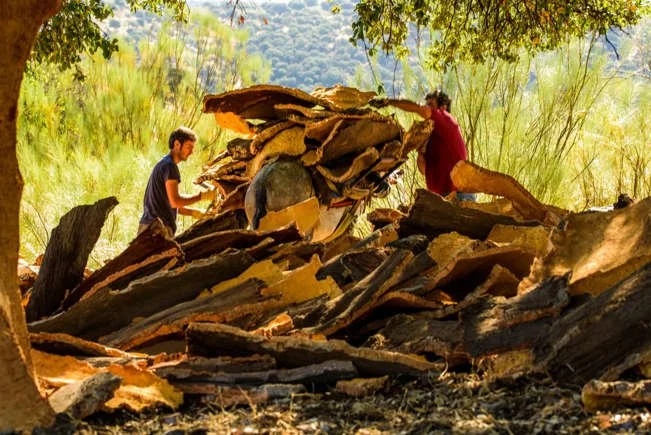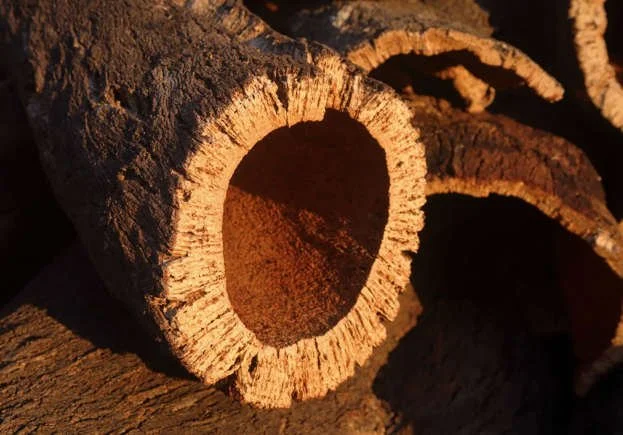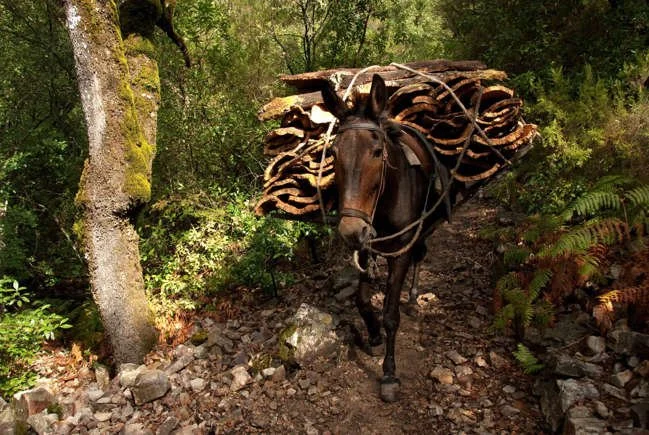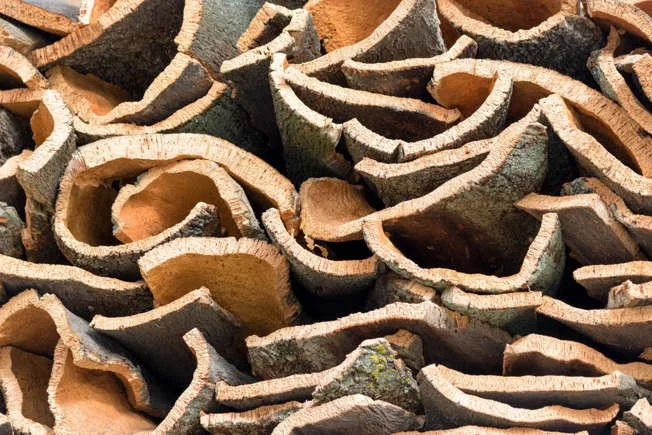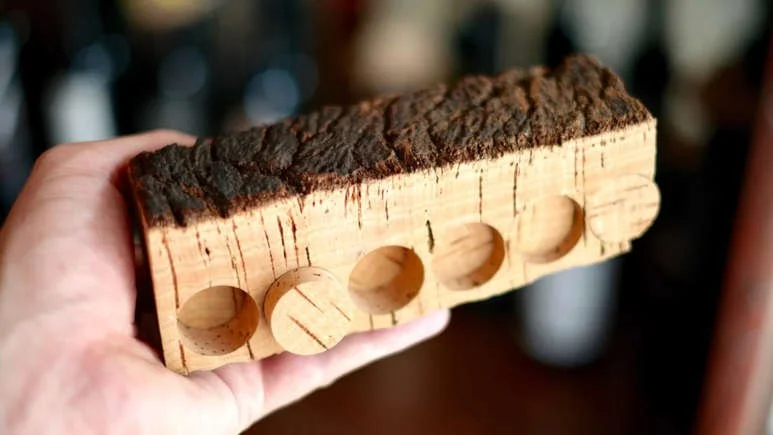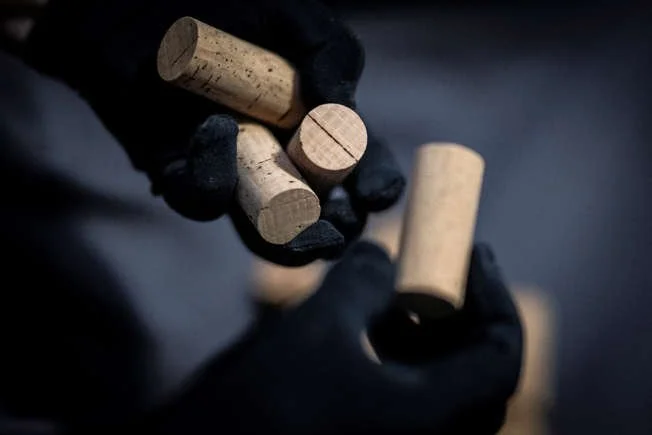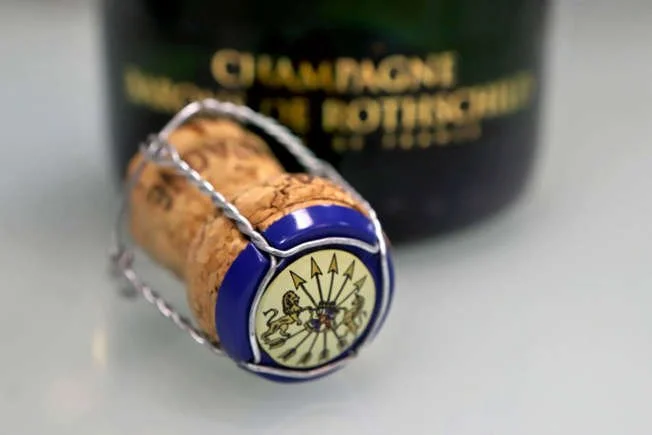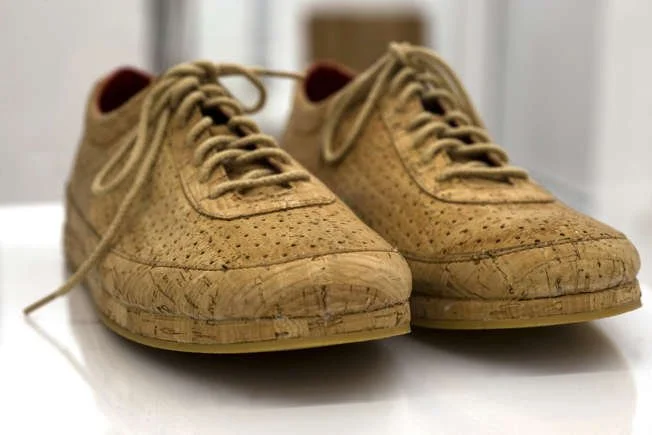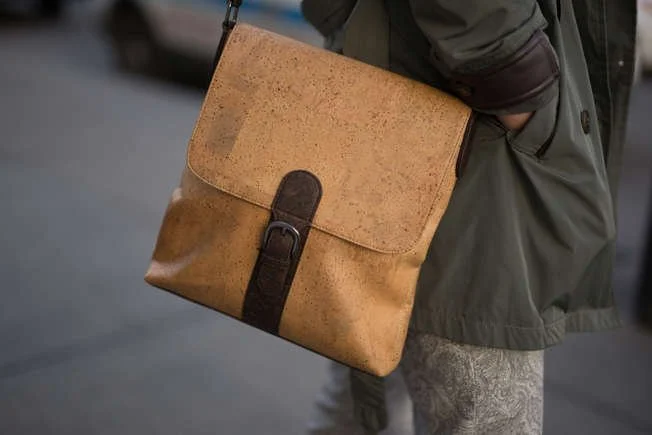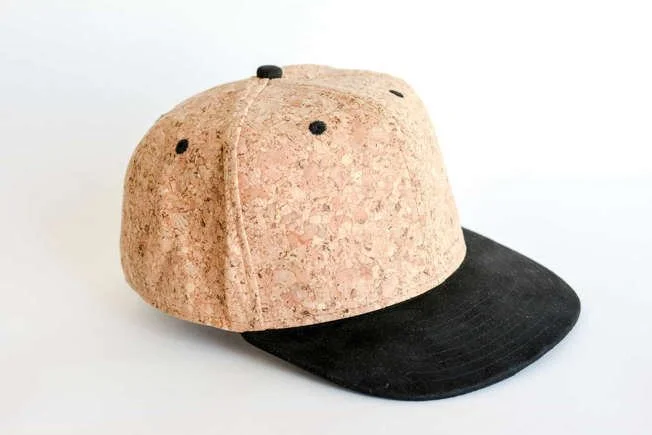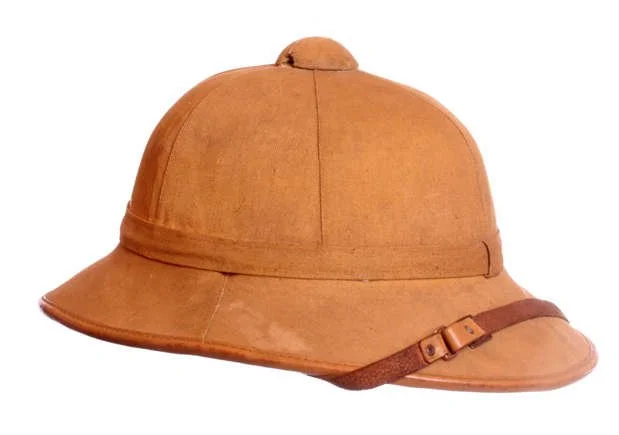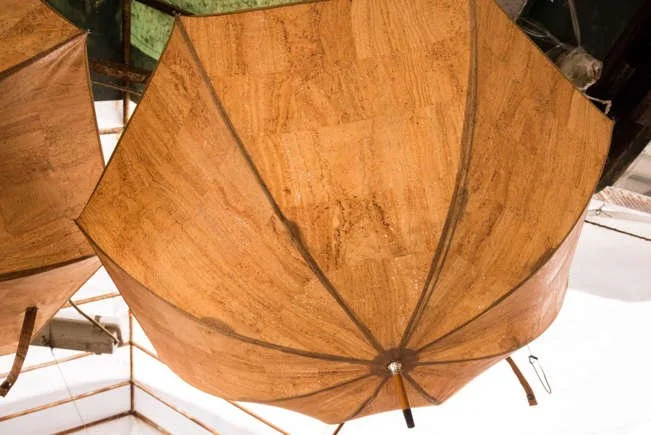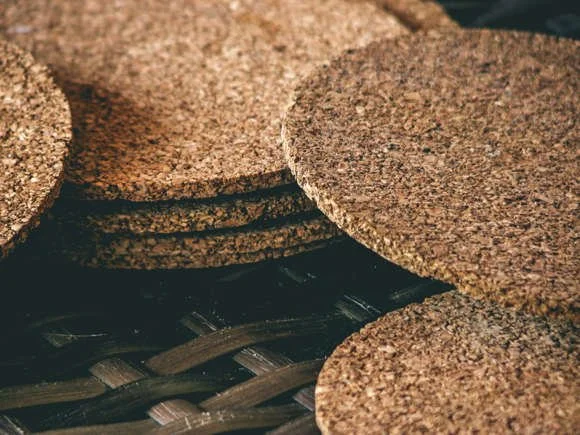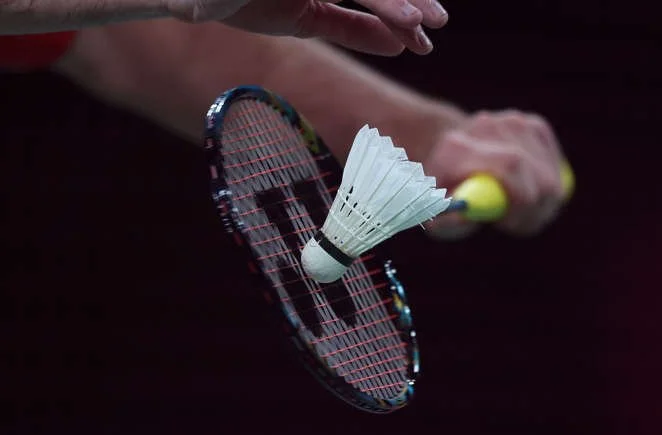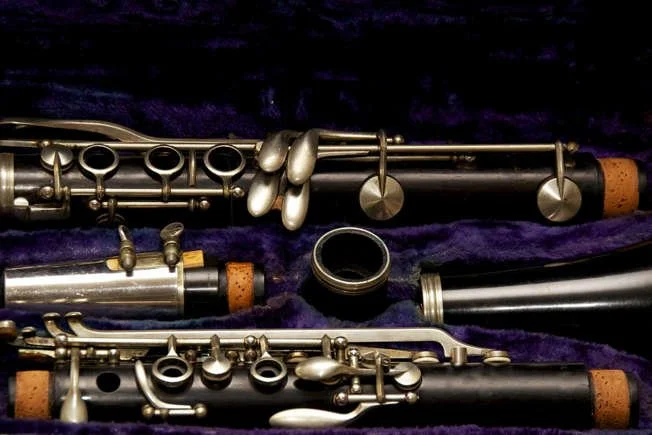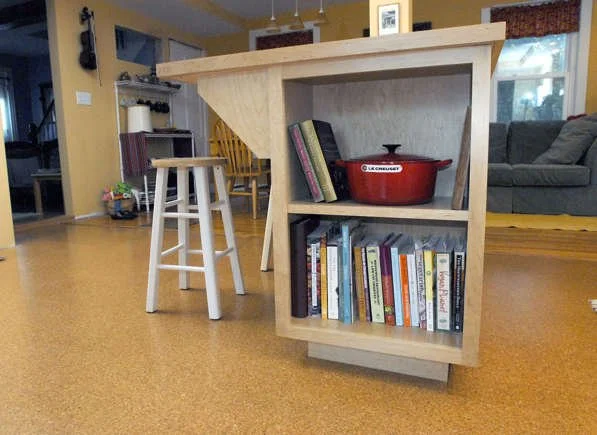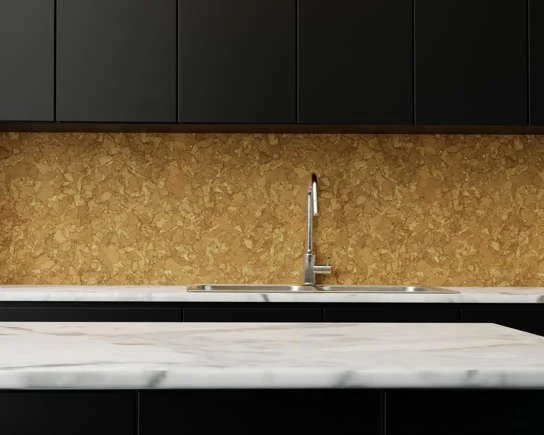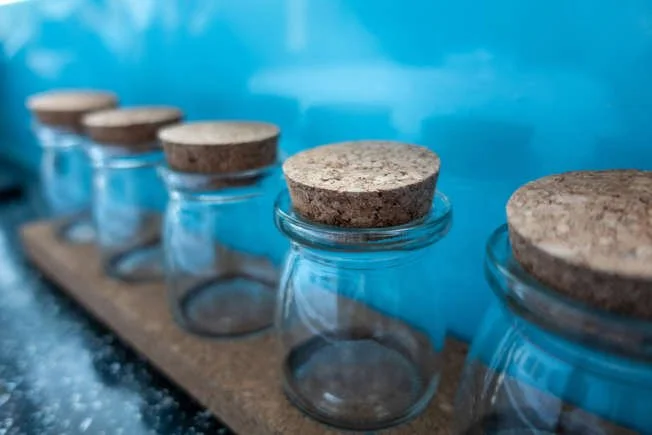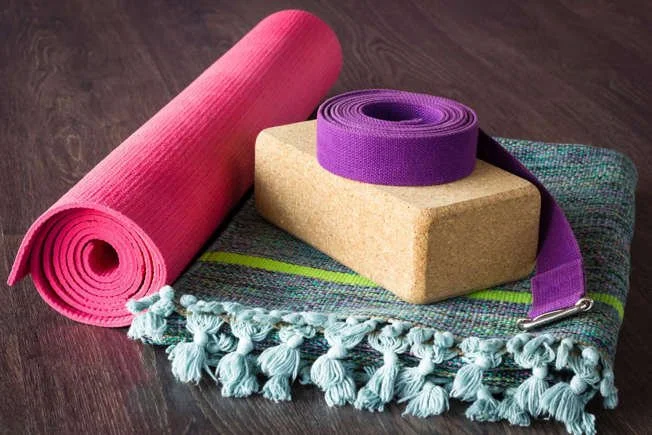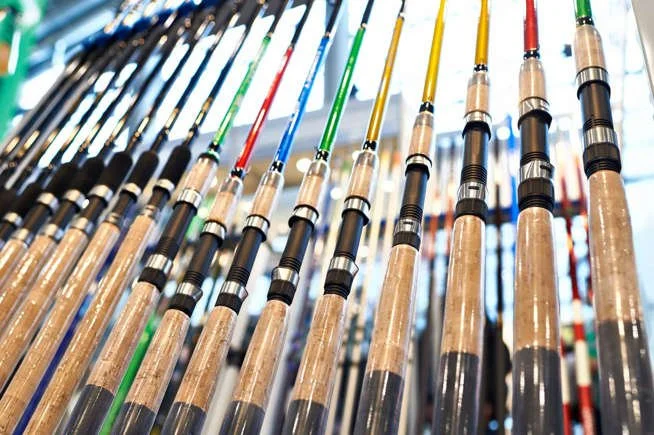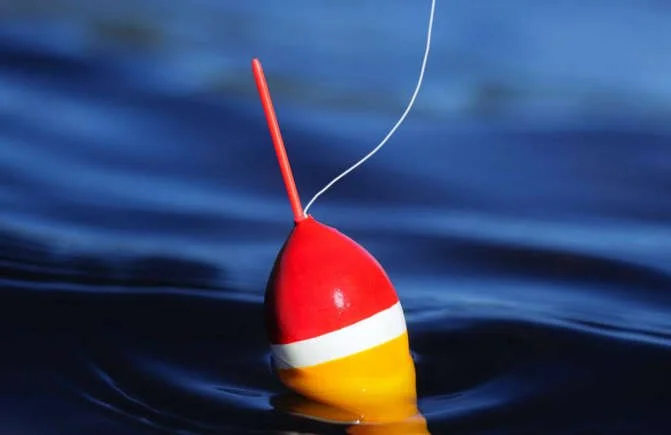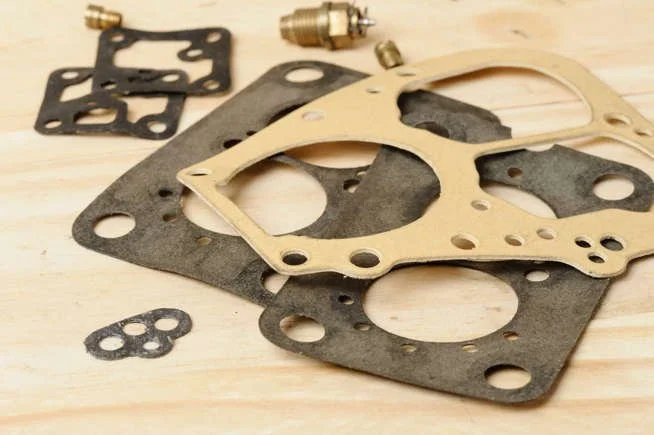Cork: the world's most versatile and sustainable natural material
Original article by msn.com
Cork: the world's most versatile and sustainable natural material
©Getty Images
Cork is one of the most versatile and sustainable natural materials on the planet. Pliable, impermeable, durable, and soft to the touch, cork bark and cork skin are used in the manufacture of a bewildering array of items. But apart from wine stoppers, what else is cork used for?
Browse the gallery and uncork some incredible facts about this amazing product.
Cork forest
©Shutterstock
Did you know that there are about 2,200,000 hectares of cork forest worldwide? They can be found in Portugal, Spain, Morocco, Algeria, Tunisia, Italy, and France.
Top cork producer
©Shutterstock
The Alentejo (pictured) and Algarve regions of Portugal produce almost half of the cork harvested annually worldwide. Spain produces a little over 30%.
Cultivating cork
©Shutterstock
Cultivating cork oak is a lengthy process. Trees need to reach 25–30 years of age and about 24 in (60 cm) in circumference before the cork can be removed for the first time.
Extracting cork
©Shutterstock
Cork is extracted from early May to late August. It's during this period that the cork can be separated from the tree without causing permanent damage. The cork oak forests of Spain are known as dehesas; in Portugal they are called montados.
Cork harvest
©Shutterstock
This first harvest produces what's known as "virgin" cork. It's generally of poor quality.
Cork in numbers
©iStock
Subsequent extractions usually occur at intervals of nine years or so. However, it can take up to 13 years for the cork to reach an acceptable size. Incidentally, the number marked up on the trunk indicates the year the cork was last harvested (2007, according to this image).
Highly skilled craft
©Shutterstock
Removing cork is a highly skilled craft. The workers who specialize in this job are known as extractors.
Firm but precise
©Shutterstock
Cork oak bark is a thick spongy hide that is stripped away using a very sharp axe. A good extractor needs to use a firm but precise touch in order to free a large amount of cork without damaging the product or tree.
Delivering the material
©Shutterstock
These freed portions of cork are called planks. Light and pliable, planks are usually carried off by hand since dense cork forest is rarely accessible by vehicle. An alternative mode of delivery is by horse—a traditional mode of transport that goes back centuries.
The stabilizing process
©Shutterstock
After the harvest, the cork planks are stacked in piles at a factory. Here they remain exposed to sun, wind, and rain so as to allow the cork to stabilize.
Cork for wine stoppers
©Shutterstock
Cork's super elasticity combined with its near-impermeability makes it suitable as a material for bottle stoppers, especially for wine bottles. Only mature, high-quality cork is used for wine stoppers; first-time harvested cork is deemed unsuitable.
Seeking closure
©Getty Images
Despite the trend for plastic stoppers, screw caps, and other synthetic closures, natural cork closures are still used for about 70% of the 25 billion bottles of wine produced each year.
The champagne cork
©Getty Images
Champagne cork stoppers have a larger diameter than average corks—essential for retaining the high internal pressures in wine bottles containing gas, and for achieving that celebratory opening "pop."
Cork skin footwear
©Getty Images
Cork's incredible versatility, smart look, and eco-friendly street cred, make it a highly desirable product. And there are dozens of ways it can be used in a vegan, cruelty-free way. Cork skin footwear has been trending in the fashion accessories scene for years.
Cork skin accessories
©Getty Images
Similarly, cork skin handbags not only make a colorful and original fashion statement, they act as trendy environmental markers.
A baseball cap made of cork skin?
©Shutterstock
How cool is a cork-skin baseball cap? Wear one, turn heads on the street and make everybody green with envy.
The traditional cork skin look
©Shutterstock
Once the headwear of choice for European travelers and explorers in the 19th century, today's cork skin pith helmets still convey a retro-tropical colonial look, but are made using a 100% natural material.
Staying dry in the rain
©Shutterstock
You'll want to be caught in the rain with a cork skin umbrella. Impermeable and moisture-resistant, a cork umbrella is also durable and soft to the touch.
Cork coasters
©Shutterstock
Do away with the plastic and instead get yourself a set of cork coasters.
Cork in sport
©Getty Images
Did you know that cork is used as the core of both baseballs and cricket balls?
In the right direction
©Getty Images
The technical term for a shuttlecock is a "high-drag projectile." Forget the feathers, it's the rounded cork base that lends a shuttlecock its direction—regardless of initial orientation, it will turn to fly cork first, and remain in cork-first flight until its whacked back or hits the floor.
Cork sounds good, too
©Shutterstock
Cork is used in a lot of musical instruments, particularly woodwind instruments (pictured), where it is used to secure segments of the instrument, ensuring airtight seams.
A walkover
©Getty Images
Cork bark flooring is often chosen to enhance homes and offices. Bark from initial harvests, so-called "virgin cork," is used for this kind of application.
Organic appeal
©Shutterstock
Have you ever considered decorating a blank wall with cork bark? It lends the living space a wonderfully natural and organic appeal.
Aesthetic appeal
©Shutterstock
Where would we be without cork stoppers? In addition to helping keep condiments healthy and fresh (and preventing annoying spillages), there's something of a sophisticated aesthetic about well-designed cork-stoppered jars decorating a kitchen.
High comfort level
©Shutterstock
Cork bricks are used in the construction of interior and exterior walls, and household furniture. The material offers great levels of comfort in means of temperature, acoustics, and environment. And where would you be without your cork yoga brick to your perfect poses?
Fishing for compliments
©Shutterstock
Many fishermen prefer the feel of a cork fishing rod handle. Preshaped cork grips are comfortable and ergonomic, even in wet weather!
Staying afloat
©Shutterstock
And speaking of fishing, cork is an ideal material for floats because of the obvious advantage of buoyancy. Mind you, it doesn't guarantee hooking the "big one."
What reminders are meant for
©Shutterstock
What would we do without the cork bulletin board? Pick the kids up from school on a Saturday, feed the cat with dog food, end up at the dentist for an eye exam... Yep, it's what reminders were meant for.
Cork under the hood
©Shutterstock
Perhaps only an up-all-night, every weekend mechanic kind of person would know that some carburetor float bowl gaskets are fashioned out of cork skin?
Cork boat
©Reuters
And here's a corker of an ending. In 2002, John Pollack and Garth Goldstein together with friends traveled down the Douro River in Portugal on a boat made from from 165,321 wine corks. They must have been drunk with success after such an achievement.
Sources: (Amorim)

